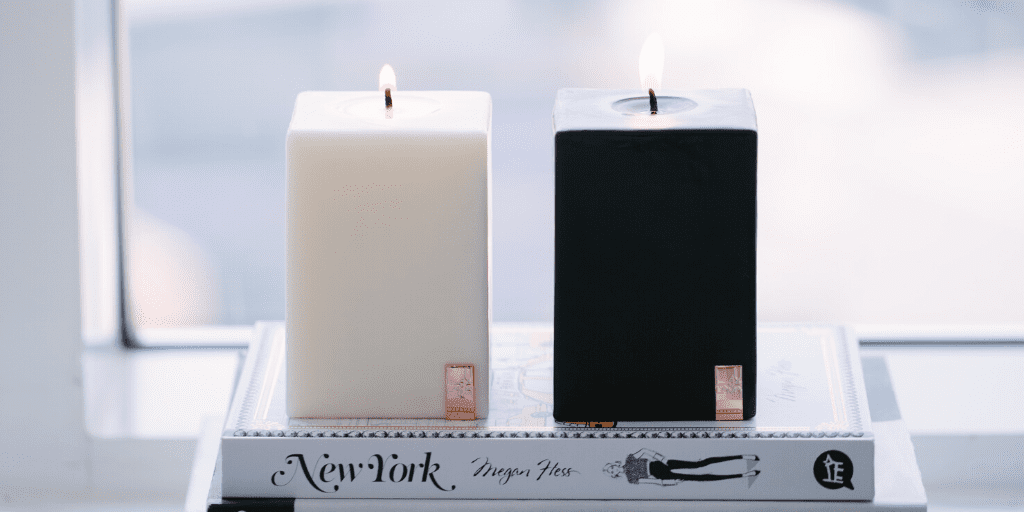The historic gates of Cheltenham Racecourse have once again been swung open for this year’s Cheltenham Festival. In a matter of hours, the festival will begin with the most important hurdle race of the season, the Stan James Champion Hurdle. In 2016, the first day of the festival saw sixty-seven thousand people assemble in its stands. Almost three hundred thousand are expected over the course of the upcoming four days.
Racing in the Cheltenham area is thought to date back two hundred years, to 1815 when the first flat racing meeting was held on Nottingham Hill. In the following years, the races grew in popularity and became the central feature of a carnival, in town and on the hill. Elite race-goers were enticed by the extravagant parties held in Cheltenham whilst the masses were seduced by the drinking and gambling that arose on the hill.
The first Cheltenham Festival took place at Prestbury Park in 1911, under the careful watch of Frederick Cathcart. It was Cathcart, a senior partner at the firm in charge of managing Prestbury Park, made the radical decision that as Newmarket was for flat racing, so Cheltenham would become the headquarters of National Hunt racing. The festival now consists of four days of races: Champion Day, Ladies Day, St Patrick’s Thursday and Gold Cup Day.
The Stan James Champion Hurdle is the most prestigious hurdling event in the National Hunt calendar and opens the festival each year. It is run over a distance of just over two miles with eight hurdles to be jumped over its length. At 3.30pm this afternoon, Buveur D’Air could provide trainer Nicky Henderson with a record-breaking sixth success in the Stan James Champion Hurdle.
Ladies Day takes place on 15th March and will see and abundance of feathers and finery for the traditional, albeit rather dated, ‘Best Dressed Competition’. The racing highlight comes in the form of The Betway Queen Mother Champion Chase. Originally established in 1959, the event was given its present title in 1980 – the year of the Queen Mother’s 80th birthday – in recognition of her support to jump racing. This feature race is run over a distance of two miles, with twelve fences to be jumped along its course.
St Patrick’s Day, on Thursday 16th March, will lift even the most down-on-their-luck spirits with plentiful Guinness and Irish music. The races to look out for include the Stayer’s Hurdle (an increasingly popular specialist race seen as the hurdler’s version of the Chasers Cheltenham Gold Cup) and the Ryanair Steeplechase. The Chase is quickly becoming a highlight of the Cheltenham Festival. Since its launch in 2005, the race has attracted some of the highest quality chasers around, as success here often implies the ability to mount a Gold Cup bid the following year.
For many, the biggest day of the festival is the final one: The Gold Cup Day. This year, all attention will be on Native River and Cue Card, as well as the Triumph Hurdle and Albert Bartlett Hurdle races, highlights of the final day. The main event, the Gold Cup itself, will take place at 3.20pm on Friday. It is set to be a compelling race with neither of the past two winners competing this year.
According to the jumpsracing.co.uk, £600 million is expected to change hands during the 2017 Cheltenham Festival. With its long history, glory and glamour and millions of pounds at stake, it is easy to understand why Cheltenham is seen as the biggest event in the racing calendar.








